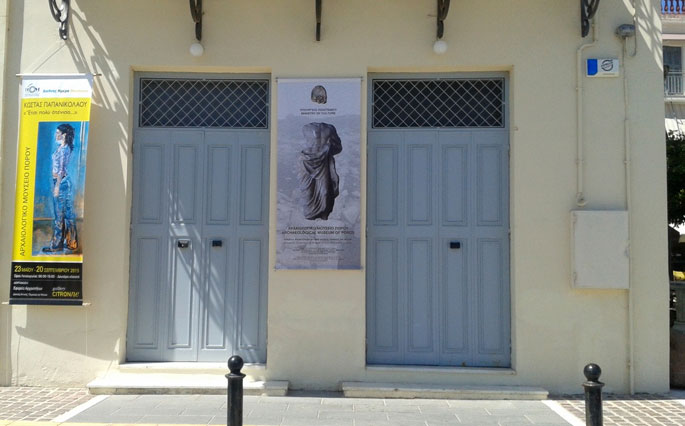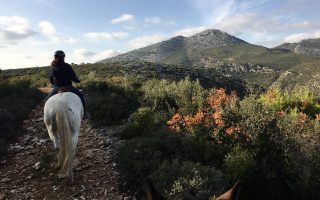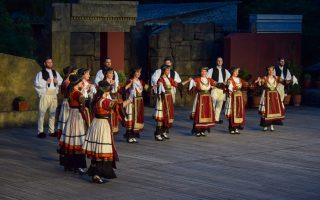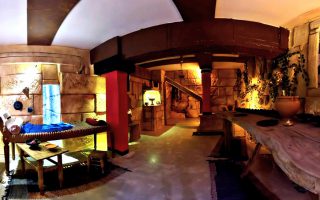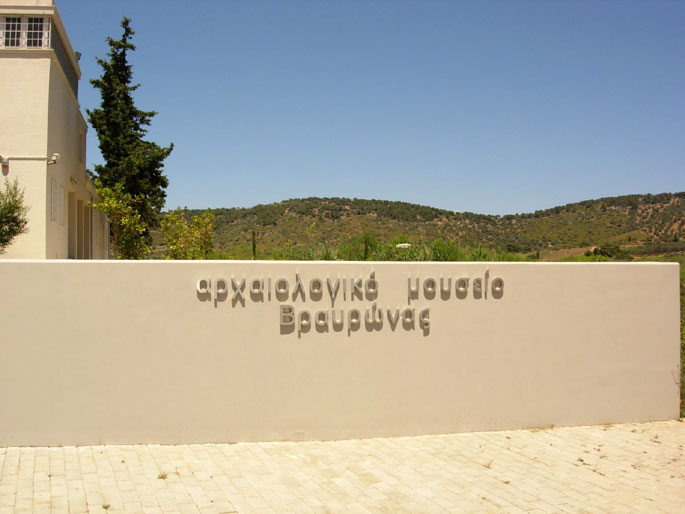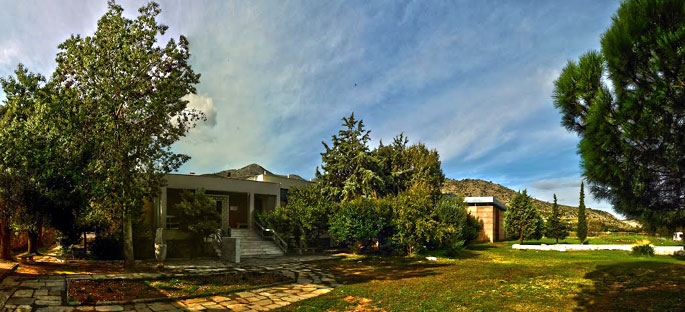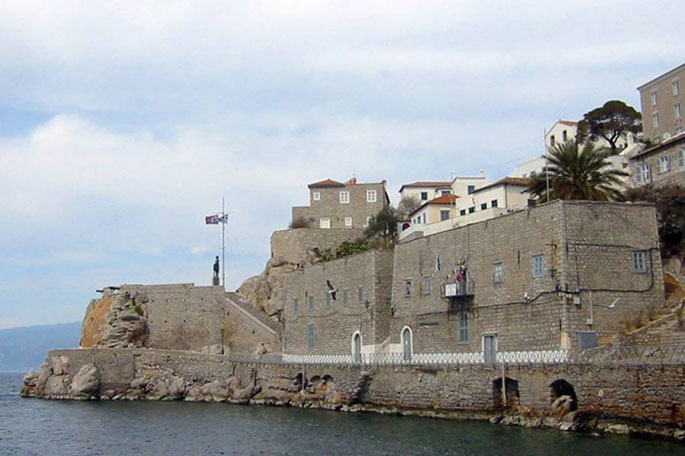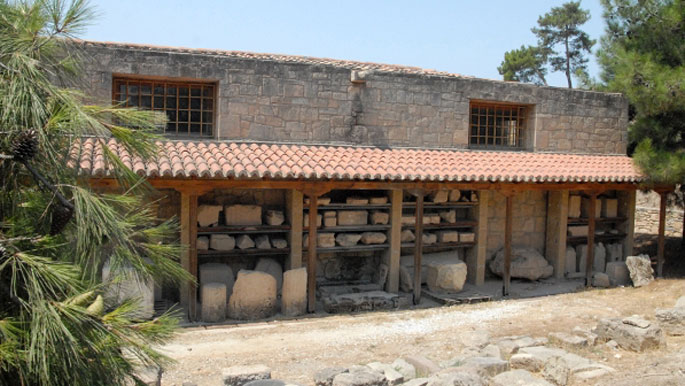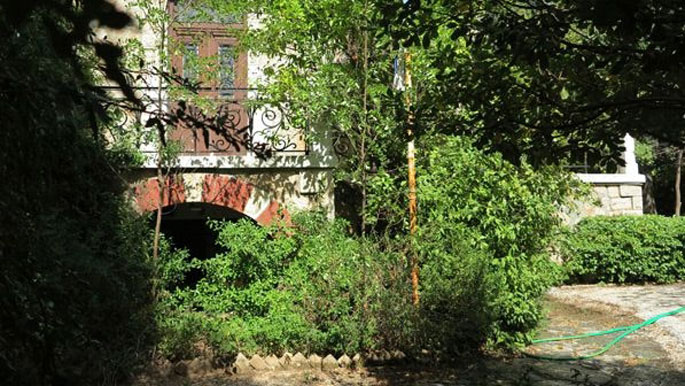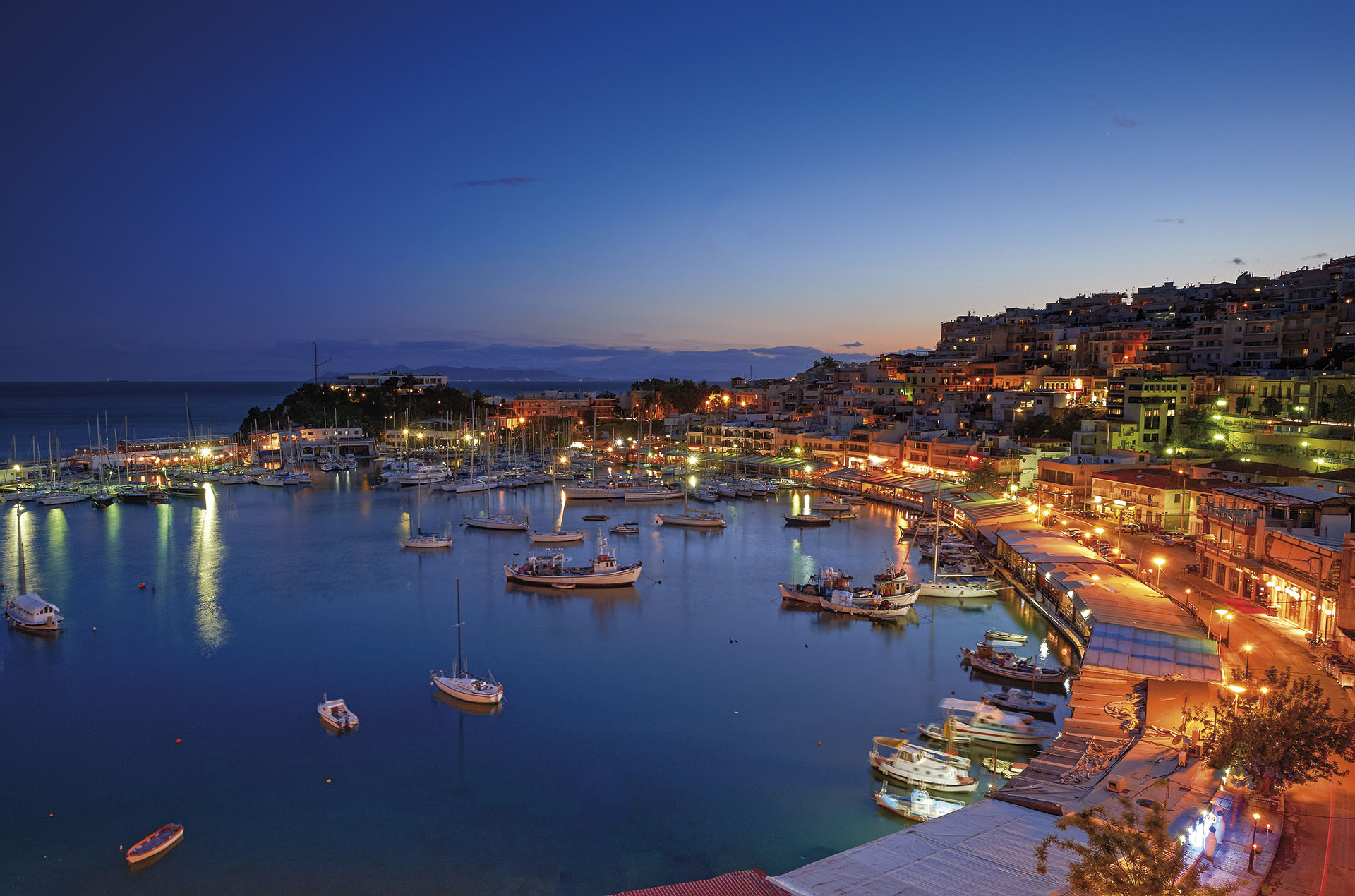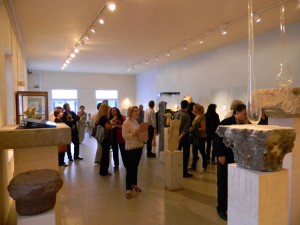
Given to the Greek state by the family of former Prime Minister Koryzis in 1941, the museum was built in the 1960s at the site of the old Koryzis residence. Exhibited objects date from the Mycenaean Era to the earliest centuries of Christianity.
Retrieved from excavations throughout Troezen and Ermioni, the collections include sculptures, inscriptions and important architectural discoveries.
The plaster copy of a 480 BC column from Troezen, bearing Themistocles’ appeal to Greeks to resist the Persian invaders, is the museum’s most famous artefact. Visitors hoping to see the original will have to visit the Epigraphic Museum of Athens.
Source: www.athensattica.gr
Donated to the Greek State by the Society of Kythera in 1975 and renovated in 1981, the Archaeology Museum of Kythera is housed in a small, early-20th-century building. The museum’s collection includes the most important findings from excavations in the area, dating from prehistoric times until the Venetian occupation.
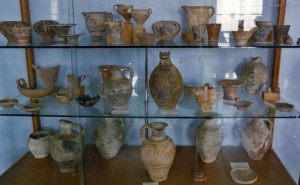 Items from the Byzantine era, mostly icons and holy objects of worship are displayed at the church of the Holy Assumption in Kato Livadi, while many excavated artefacts are stored in the Archaeology Museum of Piraeus. In the early 1990s, the museum was expanded and now includes a small guesthouse.
Items from the Byzantine era, mostly icons and holy objects of worship are displayed at the church of the Holy Assumption in Kato Livadi, while many excavated artefacts are stored in the Archaeology Museum of Piraeus. In the early 1990s, the museum was expanded and now includes a small guesthouse.
Source: www.athensattica.gr
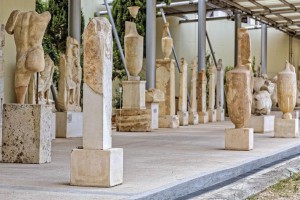
Covering some 1,400 square metres, the Archaeological Museum of Piraeus houses an amazing array of artefacts, dating from prehistoric times to the early Christian era.
As the most important port in the Mediterranean, Piraeus prospered throughout antiquity, creating a modern city filled with priceless archaeological treasures. While most finds come from official archaeological excavations, many incidental discoveries made during reconstruction of the modern city are also on display.
Donations from private collections, such as Meletopoulos-Nomidou and Geroulanon, add to the riches on display in the two-storey exhibition space. With two full floors serving as exhibition halls, and a basement housing conservation laboratories and warehouses, this museum is truly world-class in scope.
Source: www.athensattica.gr
Built in the late 1960s to house artefacts from excavations at the sanctuary of Artemis in Vravrona, this small museum is located less than one kilometre from the Vravron archaeological site.
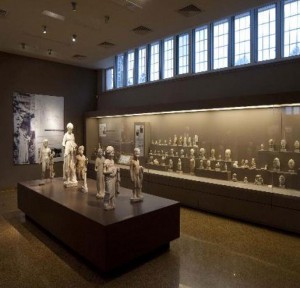 Findings from throughout the region of Messogia are exhibited on the upper floor, which also includes a patio. Other exhibits include findings from the Vravron region, as well as items from nearby Merenda, dating from the prehistoric (early Copper) period to the Roman era.
Findings from throughout the region of Messogia are exhibited on the upper floor, which also includes a patio. Other exhibits include findings from the Vravron region, as well as items from nearby Merenda, dating from the prehistoric (early Copper) period to the Roman era.
The largest part of the exhibition, though, is dedicated to findings from the sanctuary of Artemis at Vravrona, the most important being sculptures of ‘she-bears’, young girls dedicated to Artemis.
Video by fabdrone
Source: www.athensattica.gr
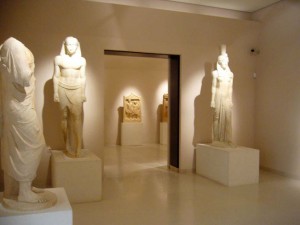
Surrounded by large tracts of agricultural land, the museum was built in 1975 near the famous site of Marathon.
Fully renovated in 1994, the museum houses five thematic exhibition rooms, a patio and a large storage basement. Its collections come directly from excavations in the surrounding area and include items from the Neolithic period to the late Roman era, the most famous being from the Tomb of the Athenians and the prehistoric burial grounds.
Source: www.athensattica.gr
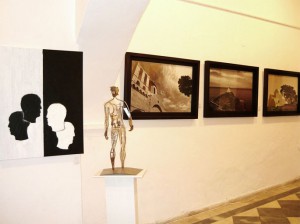 Named in honour of Greek actress and politician Melina Merkouri, the Art and Concert Hall of Hydra is located on the port’s promenade, just west of the statue of Andreas Miaoulis.
Named in honour of Greek actress and politician Melina Merkouri, the Art and Concert Hall of Hydra is located on the port’s promenade, just west of the statue of Andreas Miaoulis.
Housed in the Lazaros Koudouriotis residence, its lovely arcade and exquisite marble floors create a stunning first impression, surpassed only by the distinguished exhibitions, concerts and cultural events hosted here.
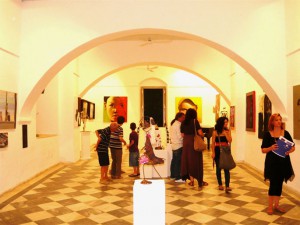 Exhibiting a variety of works by prominent artists each year, the Hall confirms Hydra’s reputation as the island of culture and artists.
Exhibiting a variety of works by prominent artists each year, the Hall confirms Hydra’s reputation as the island of culture and artists.
Source: www.athensattica.gr
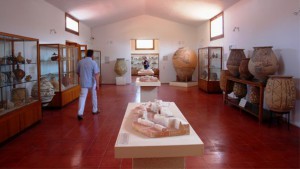
Founded in 1828, the Archaeological Museum of Aegina was the first museum established in the free Greek state.
Originally housed in the Eunardios School, it later moved to its current location next to the Kolona archaeological site.
With three exhibit halls, the museum displays artefacts from the Neolithic to the Roman era. A recreation of an early Helladic house, local ceramics from the seventh to fifth century BC, rare inscriptions and fragments from the ancient temples of Apollo and Aphaia are among the highlights.
The museum’s first exhibit, portions of reliefs from the collection of Ioannis Kapodistrias deriving primarily from Rinia are still on display.
Source: www.athensattica.gr
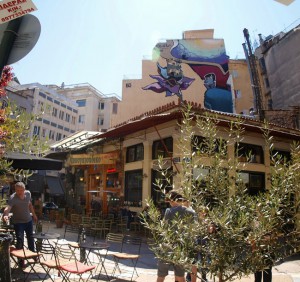 First mentioned in 1678 by the traveller Spohn as one of Athens’ eight original neighbourhoods, Psyrri is one of the city’s oldest and most historic areas. Framed by Athinas, Ermou, Pireos, and Evripidou Streets, it was established under Ottoman occupation, after Athens was selected as the capital of Greece.
First mentioned in 1678 by the traveller Spohn as one of Athens’ eight original neighbourhoods, Psyrri is one of the city’s oldest and most historic areas. Framed by Athinas, Ermou, Pireos, and Evripidou Streets, it was established under Ottoman occupation, after Athens was selected as the capital of Greece.
ΠDeveloped by wealthy aristocrats who settled here in neoclassical, two-storey homes, the area later began to attract a new crowd, including members of the koutsavakides, a notorious gang of louts who frequented the taverns of Iroon Square.
But history is never static, and today Psyrri is thriving, its youth clubs, ouzo bars, taverns and cafes attracting multitudes of Greek and foreign visitors. The area is famous for its annual Easter bazaar, which offers everything from agricultural and livestock products to leather goods.
Source: www.athensattica.gr
Opened in 2004, the Kifissia Archaeological Collection is located in a 1930s house, with exhibits on the main floor and an archaeological laboratory below ground level. Derived from excavations on private and public digs, the exhibits highlight the importance of northern Attica’s ancient cities. The area of Kifissia was continuously inhabited from the Geometric period until the Roman era, according to the archaeological evidence.
Important finds from Kifissia, Maroussi and Pallini are on display, with the excavations of Attiki Odos well represented. Also of note is the collection of Roman sculptures, from the period when Herod Atticus was based in Kifissia. The exhibition’s most famous artefact is the headstone of Archestratus, discovered near the bed of the Panagitsas stream in Pallini and dating from 340 to 330 BC.
The museum also showcases ceramics from all eras of antiquity, as well as bronze vases from local cemeteries.
Museum presentation: www.kifissia.gr
Source: www.athensattica.gr
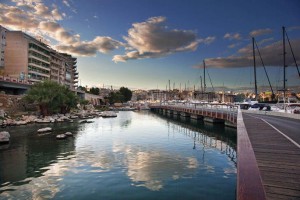 The sea breeze has always made Piraeus a special place to visit. Greece’s largest port is well worth exploring, and there’s no better way than by strolling along streets of Peiraiki, Freatyda, Pasalimani and Kastella.
The sea breeze has always made Piraeus a special place to visit. Greece’s largest port is well worth exploring, and there’s no better way than by strolling along streets of Peiraiki, Freatyda, Pasalimani and Kastella.
In neighbouring Zea, home to some of Attica’s most lavish yachts and sailing boats, you can enjoy an afternoon coffee or ouzo. Within short walking distance of Zea, the picturesque port of Mikrolimano, with its waterfront tavernas serving the freshest fish dishes, will give you that incomparable Greek-island feeling.
Destination Piraeus project
Video/presentation by Experience Greece team
Director: Panos Georgiou
Piraeus offers much more than great food. The shops lining its streets are a testament to its long commercial history. Fashion boutiques dominate the shopping scene, and you’d be hard-pressed to find a greater variety of clothes, shoes and accessories.
Given the tiring nature of shopping, start your excursion with a freshly baked koulouri from sellers roaming the city from Iroon Polytechniou to Sotiros Dios Street.
Along the central thoroughfares of Iroon Polytechniou, Vassileos Georgiou and Grigoriou Lambraki, you’ll find many famous-brand shops as well as stores that offer more affordable gifts. Iroon Polytechniou is the main drag in Pireaus, playing home to the grand Dimotiko Theatro. The largest commercial street is Sotiros Dios, which starts at the port and ends at Pasalimani and has a pedestrian zone.
Clothing shops line the street and you’ll always find something in your price range. Many smaller streets (Kolokotroni, Karaiskou, Praxitelous, Alkiviadou and Ypsilandou) intersect this pedestrian zone and all offer great shopping.
Shoe shopping on a tight budget? You’ll find a wide variety of footwear on Filonos Street, while the seaside street along the port is perfect for souvenirs. If jewellery is your thing, Vassileos Georgiou Street, which starts from Aghia Triada and ends at the Dimotiko Theatro, offers many shops with fine items in silver or gold.
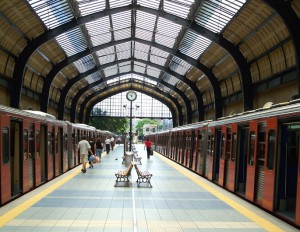 On the stretch from Korai Square to Grigoriou Lambraki Boulevard you’ll find top-quality clothes, shoes and accessories. On Grigoriou Lambraki Boulevard, clothing shops give way to stores selling household items, such as carpets, rugs and electrical appliances.
On the stretch from Korai Square to Grigoriou Lambraki Boulevard you’ll find top-quality clothes, shoes and accessories. On Grigoriou Lambraki Boulevard, clothing shops give way to stores selling household items, such as carpets, rugs and electrical appliances.
Tsamadou Street is another destination and just a stone’s throw from Dimotiko Theatro. Here you’ll find a variety of shops selling everything from clothes and books to spices and travel accessories.
You’ll find the great Pireaus Food Market on the corner of Gounari Street and Tsamadou Street, which offers a wide variety of meat, fish, poultry, vegetables, spices and medicinal herbs. Take a break at Korai Square, where you’ll find delightful cafés, pizzerias and traditional tavernas.
Source: www.athensattica.gr

